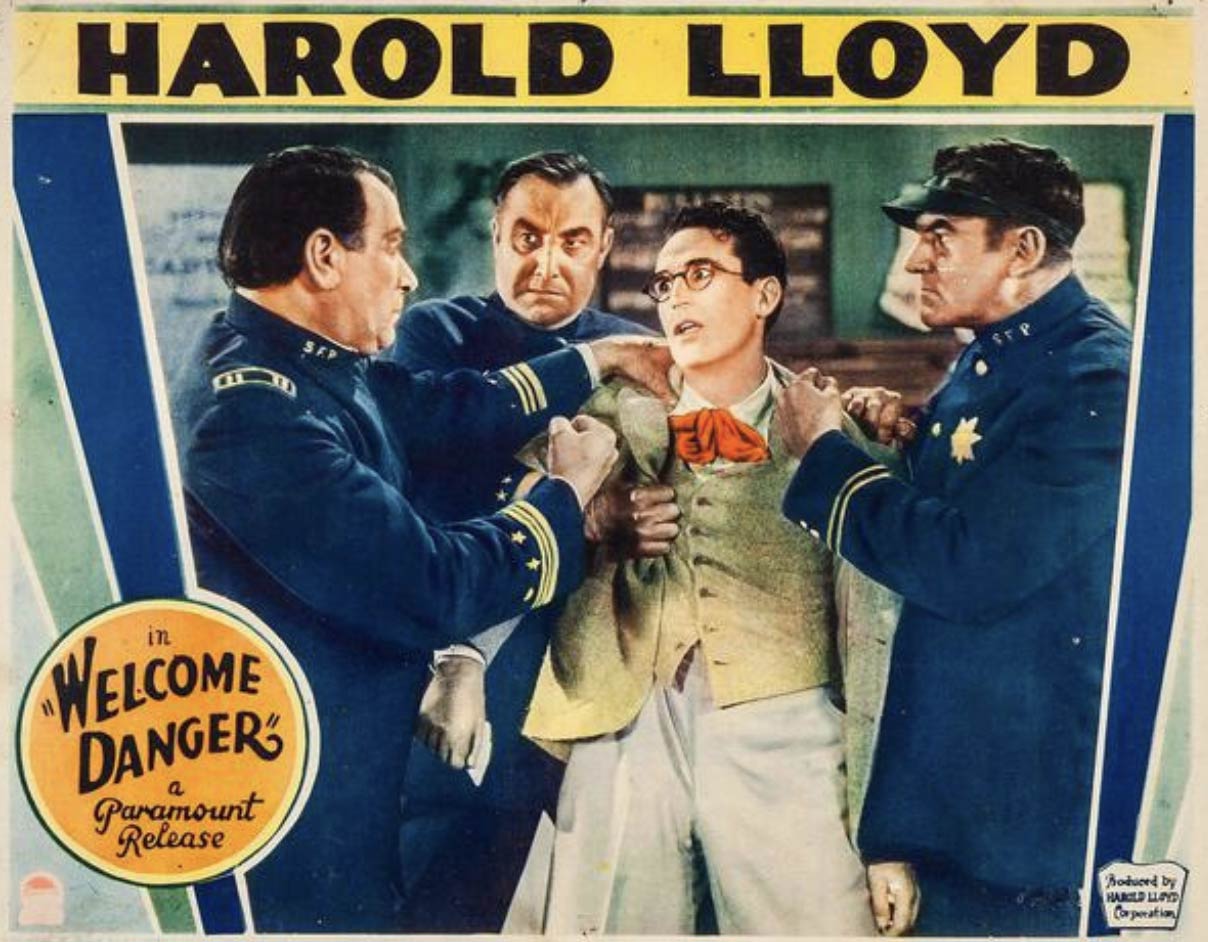Grab Bag #022
Moving picture on a moving streetcar, roller-skate stunts, and return of the SF time machine.

I was on the 38 Geary bus headed downtown and the guy next to me was watching a movie on his phone. From a couple of glances, I am embarrassed to say I recognized the film as Rush Hour 2. Maybe Rush Hour 3? Definitely Jackie Chan and Chris Tucker.
Many people on the bus now scroll through short videos on Facebook or Instagram. But I don’t usually see someone taking in a full-length Hollywood movie. Was he going to watch half going to work and the rest coming home during the real rush hour?
Anyhow (as my mother-in-law used to say three times in talking about anything), the moment made me think of a specific San Francisco story involving a movie on public transportation.

In 1929, two years after talking pictures had hit the movie screens of America, the voice of silent film star Harold Lloyd voice was heard for the first time by millions of fans in his film Welcome Danger.
Lloyd played a bumbling botanist, the son of a former police chief, who finds himself called to San Francisco to “quell the flourishing crime among Oriental and American gangsters.” The San Francisco premiere was set for November 8, 1929 at the Granada Theater at 1066 Market Street (which later became the Paramount theater, demolished in 1965, wahhh.)
In concert with the premiere, a little experiment/publicity stunt was arranged.


